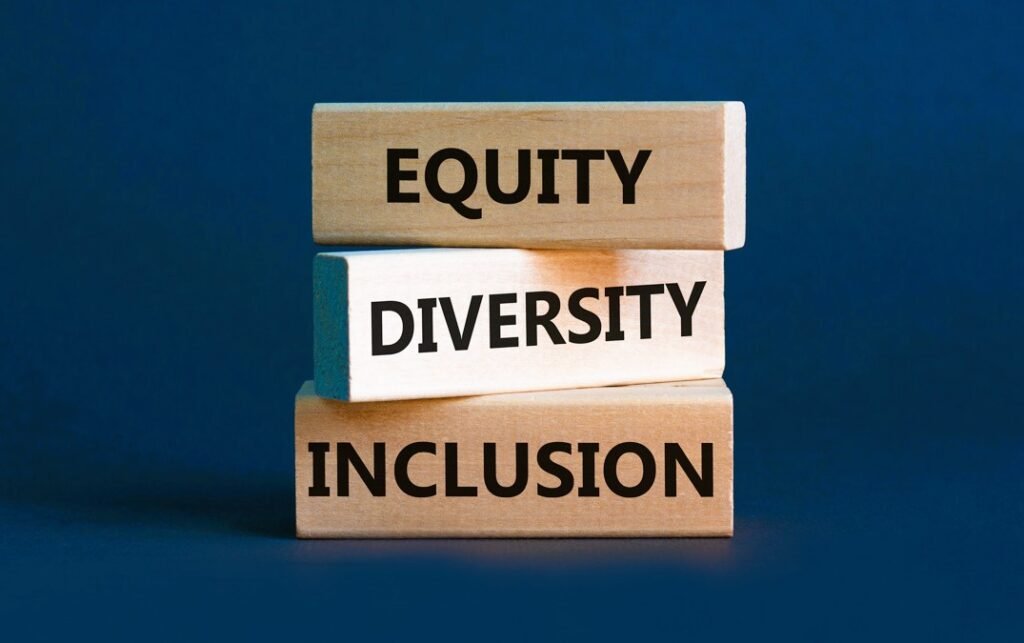Cricket’s Olympic Re-entry to Reshape the Sporting Landscape
For a long time, cricket was considered a sport with a vast global following, but its stronghold remained limited to Commonwealth countries. India alone accounted for around 70 percent of its 2.5 billion fans and a significant portion of TV revenues, making it second only to football in terms of worldwide appeal. However, this scenario is set to change as T20 cricket re-enters the Olympic arena for the 2028 Los Angeles Games, marking a mutually beneficial partnership from both a sporting and commercial perspective. From a sporting viewpoint, the Olympics offer an unparalleled stage for cricket, possibly even more significant than a World Cup. Winning an Olympic medal is a dream come true for any athlete, signifying a connection with a history that dates back to 1896. Keith Joseph, President of the Caribbean Association of National Olympic Committees (CANOC), strongly supports the ICC’s efforts to include cricket in the LA Olympics. He believes that the T20 format, known for its brevity and appeal to younger audiences, will help cricket’s global image, especially since the USA will co-host the T20 World Cup in 2024. However, it would be naive to expect cricket to suddenly rival the universal appeal of football merely because of its inclusion in the Olympics. For instance, the ICC’s T20 ranking list includes 87 men’s teams and 66 women’s teams, while FIFA’s ranking list covers 207 men’s teams and 186 women’s teams, indicating a substantial disparity between the two sports. Nonetheless, the T20 format has helped cricket expand into previously uncharted territories in Africa, Europe, and Latin America. Bringing cricket to a global audience is a positive first step, particularly due to the substantial market and strong subcontinent crowd presence in the USA. Cricket’s inclusion in Los Angeles is essential, and there’s hope it will feature in Brisbane in 2032. Australia’s rich cricketing tradition could provide a significant boost to the sport and potentially pave the way for permanent Olympic status. Cricket had to overcome several self-imposed obstacles to return to the Olympics. Both officials and players were initially reluctant to adhere to certain clauses, such as the whereabouts requirement for random drug testing, set by the IOC, IOA, and WADA. Even England, the champion side when cricket last featured in the Olympics in 1900, had reservations. Nevertheless, the BCCI, ICC, and a few other boards found common ground to take cricket to a global stage. Beyond the playing field, the Indian Olympic Association (IOA) may have considered cricket’s crowd-pulling power, particularly in the USA, with its sizable Asian diaspora. An industry insider estimated that cricket’s massive viewership would significantly impact the sale of broadcasting rights for the LA Olympics. To sum up, cricket’s return to the Olympics marks a historic moment for the sport, presenting opportunities for both athletes and businesses to thrive on a global stage.
Cricket’s Olympic Re-entry to Reshape the Sporting Landscape Read More »










